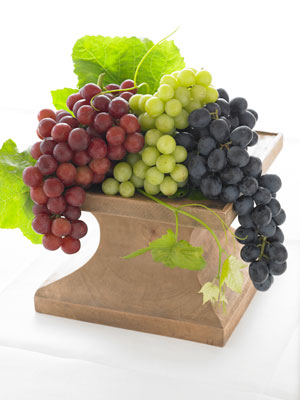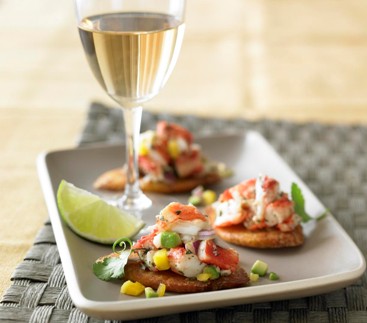Kendall College Spurs Illinois High-School Students to Victory for Second Year in a Row at National Cookoff
Wednesday, 22 September 2010 17:41Three Illinois high-school students—coached by Kendall College’s School of Culinary Arts—earned the distinction of top culinary team in America at the national Culinary Arts STAR (Students Taking Action with Recognition) competition during the Family, Career and Community Leaders of America’s (FCCLA) 2010 National Leadership Conference at Kendall College here in July.

 Create The Best Recipes with Fresh Grapes from California and Win!
Create The Best Recipes with Fresh Grapes from California and Win! Driscoll Strawberry Associates, Inc. announced the launch of its new foodservice Web site (
Driscoll Strawberry Associates, Inc. announced the launch of its new foodservice Web site ( When it comes to quality of guest service, the smallest example can make the biggest impression.
When it comes to quality of guest service, the smallest example can make the biggest impression. They’re easy to include, but hard to find.
They’re easy to include, but hard to find. Because everyone grew up eating sandwiches, students will inevitably view sandwich-making as a life skill they have already mastered. This is where the teaching challenge lies.
Because everyone grew up eating sandwiches, students will inevitably view sandwich-making as a life skill they have already mastered. This is where the teaching challenge lies. With the recent fluctuation in seafood sales and the oil spill in the Gulf, how the industry will fare this year is difficult to predict. But one thing’s for sure: Eating healthier is driving increased interest in seafood.
With the recent fluctuation in seafood sales and the oil spill in the Gulf, how the industry will fare this year is difficult to predict. But one thing’s for sure: Eating healthier is driving increased interest in seafood. Rising culinary star Michael Matarazzo, the U.S.A.’s Chef of the Year™ for 2010 by the American Culinary Federation, is merely grateful to still be learning.
Rising culinary star Michael Matarazzo, the U.S.A.’s Chef of the Year™ for 2010 by the American Culinary Federation, is merely grateful to still be learning.